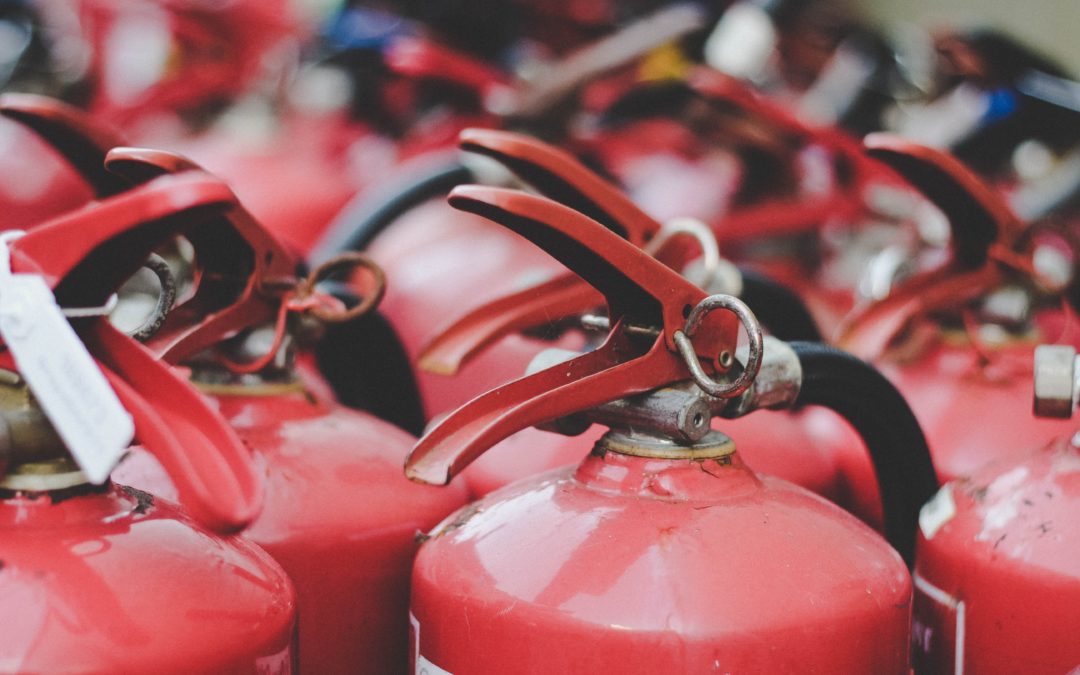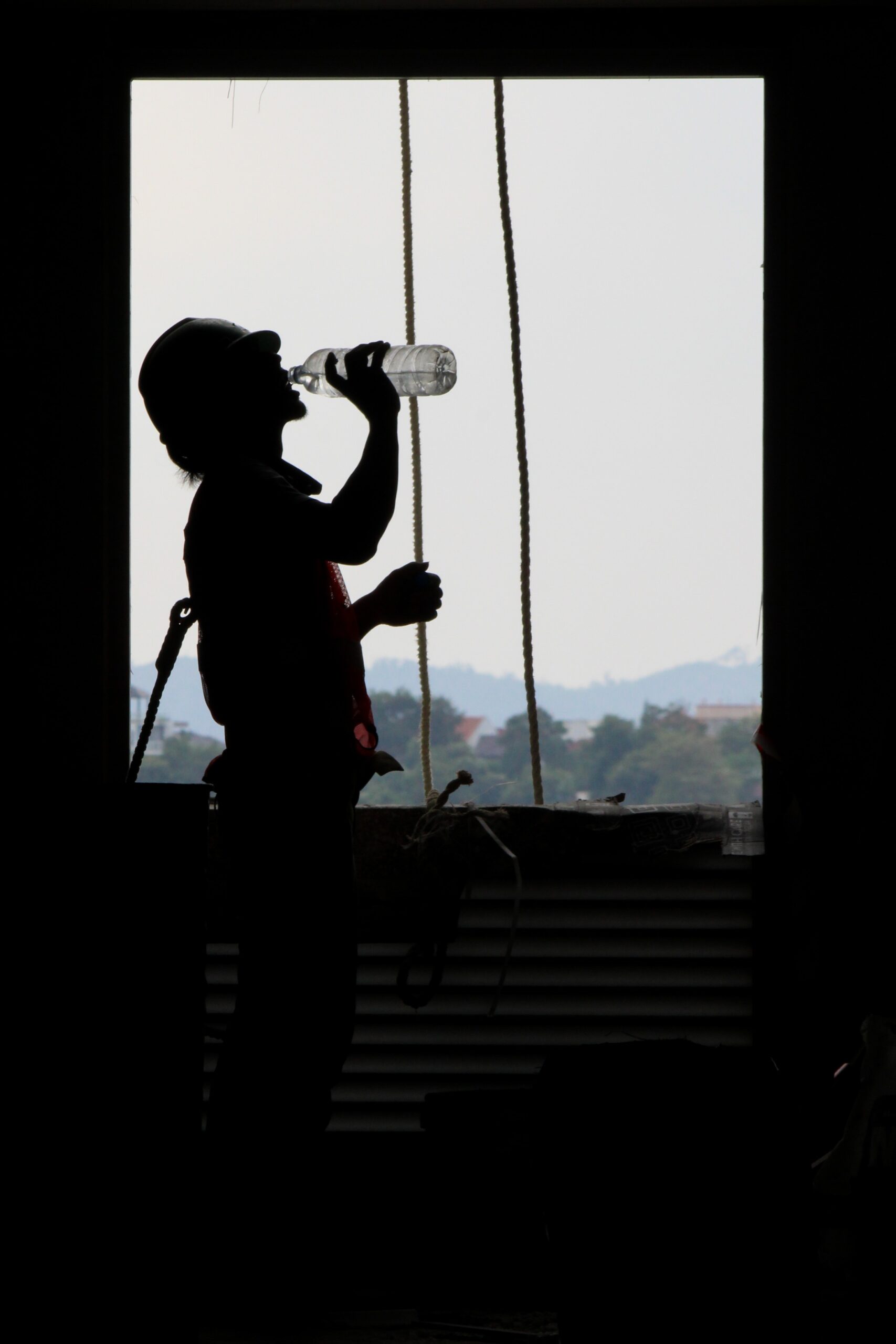Does anyone else remember being in grade school and out of nowhere, the entire building’s alarm system was activated? “Here we go again.” I would say. Yes, I am talking about our monthly fire drills at school. No matter the weather, time of the day, or special events going on, those pesky teachers always found a way to make us stop what we were doing for a routine fire drill. Although these very redundant and at times what felt pointless exercises were taught, I didn’t realize how important fire safety was. It also didn’t help that my main source of fire safety awareness came from Dwight Schrute while watching The Office. Come on though, rookie mistake on Ryan’s part leaving his bread in the toaster for that long.
Fast forward about 10 years, I was working as a hand in the oil and gas fields and was taking safety training when the topic of fires and emergency action plans was brought up. After learning about the different fires that took place and different ways to fight a fire, I was shocked of the different types of fires that could be created and the different ways you should fight each fire. This is useful information that should be taught at an earlier age in my opinion, its never too early to start thinking smart and safe!
Below, we will be discussing the 3 most popular fire extinguisher types on the market and when to use each of them if a fire starts. Feel free to use this short post as a crash course into the fire-fighting sector, but always feel confident to call your local emergency fire response team if a fire starts.
The most common types of fire extinguishers used on different types of fire fuels are:
- Water fire extinguisher
Water fire extinguishers douse fires by taking away the heat element of the fire triangle. They’re used for Class A fires only. - Dry chemical fire extinguisher
Dry chemical extinguishers extinguish the fire by interrupting the chemical reaction of the fire triangle. They’re most effective on Class A, B and C fires. - CO2 fire extinguisher
Carbon dioxide extinguishers take away the oxygen element of the fire triangle. They also remove the heat with a cold discharge. They can be used on Class B and C fires.
With this in mind, fire extinguishers have been developed and classified in order to combat such fires. Below is a chart of the 3 most popular fire extinguishers to deal with fires:
| Type of Extinguisher | What the fire extinguishers are used for: |
| Class A fire extinguisher | These extinguishers are used for fires involving ordinary combustibles, such as wood, paper, cloth, trash and plastics. |
| Class B fire extinguisher | These extinguishers are used for fires involving flammable liquids, such as grease, gasoline and oil. |
| Class C fire extinguisher | These extinguishers are used for fires involving electrical equipment, such as motors, transformers and appliances. |
We now have a basic understanding of what extinguishers fight what fires. But what about when you are face to face with the fire? That is the very scary and at times overwhelming point where your knowledge and skills will be put to the test. This post also stresses that fire extinguishers should not be used to fight larger fires, please leave that to the professionals. These tools can be used for fires that have just started and are containable.
The acronym PASS is an easy way to remember how to use a fire extinguisher:
P- Pull the pin
A- Aim at the base of the fire
S- Squeeze the lever steadily and evenly. Squeezing too hard can waste the fire-fighting agent
S- Sweep the nozzle side to side, continuing to aim at the base of the fire
What do we do from here?
Well, now that we have a basic understanding on how fires are started, the types of fires that take place and which fire extinguishers should be used, I recommend seeking further education and going through a fire safety course from a trained professional or your local fire-fighting department. At the very least, take a look at the extinguisher you have in your homes, work place, or local community centers. Are these the right extinguishers for a fire that might occur? Please make sure you if a fire breaks loose, calling professionally trained first responders is always the preferred route.
Was this helpful?
If you found this article interesting, exciting or useful, please check out more safety related articles at https://b42l.com






I like that you brought up the importance of inspecting your fire extinguisher in order to determine if it will be able to properly handle a fire. I remember my brother telling me how he would like to open an accounting service, but he wants to make sure that the handles on his fire extinguishers are functioning properly in case of an electrical fire. Maybe he should find an inspection service that can help ensure that his business is safe.